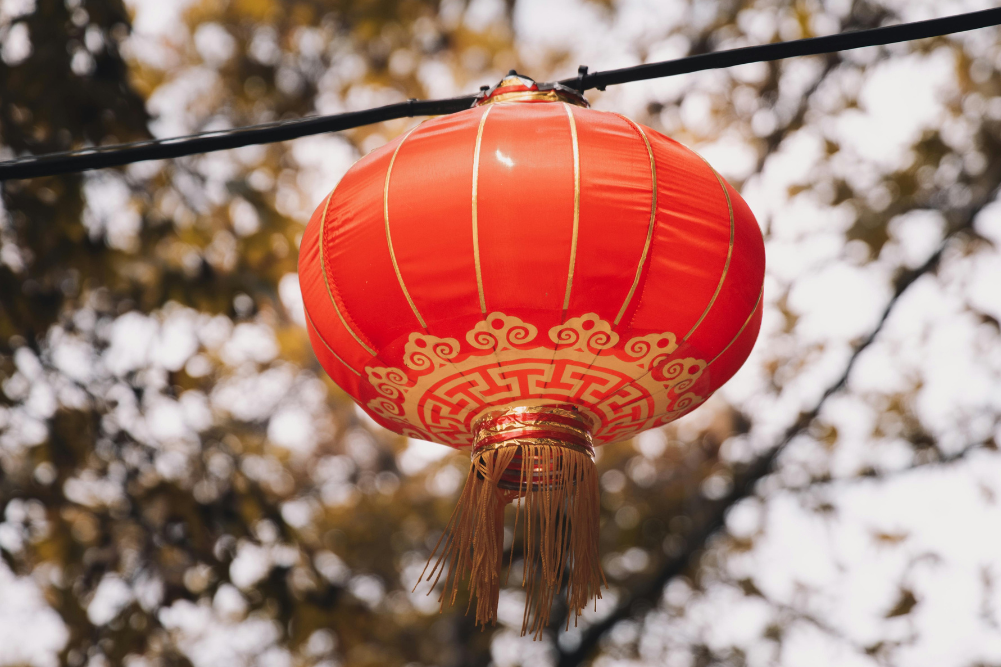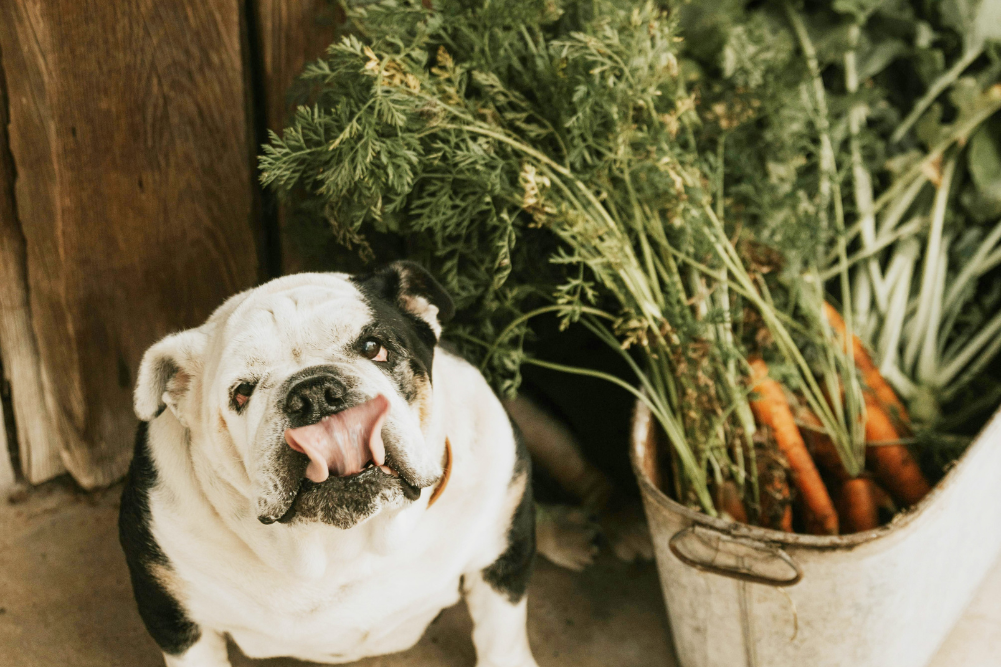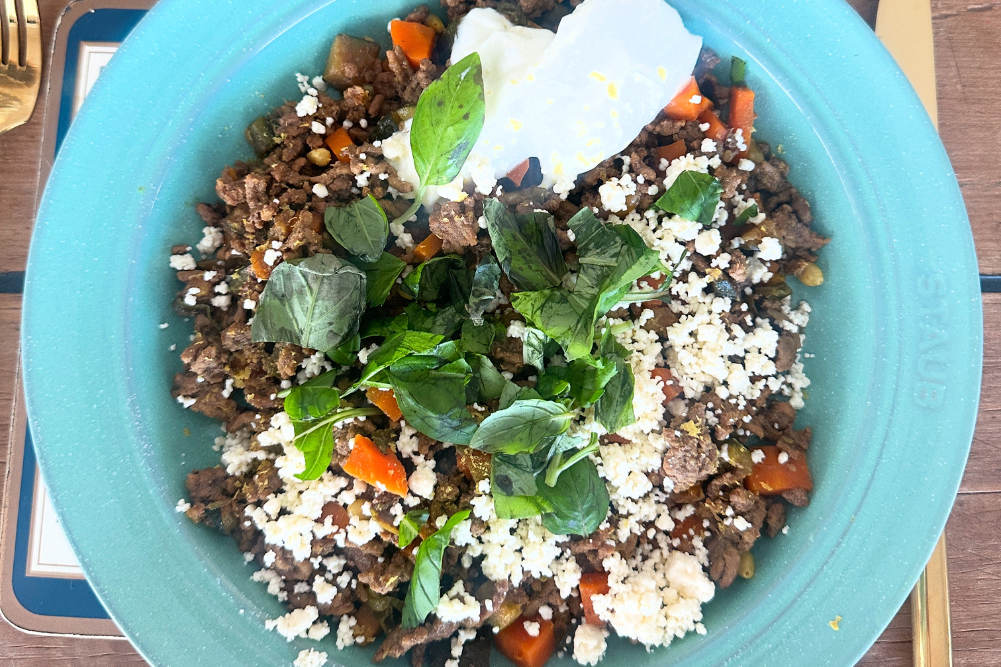For the love of animals
What is it about cuddling up to a furry friend that many of us find so enjoyable? For some, spending time with their pet is more meaningful than spending time with a person. Losing a pet may even be more devastating than losinga loved one. Most of us don’t see animals or pets on an equal footing to our own kind, yet our pets, along with animals in general, may have more in common with us than we think.
Before the onset of COVID-19 half the people in the world owned a pet, and Australia was ranked second in the world for pet adoptions, second only to the US. Since COVID began, dog and cat adoptions increased by a whopping 250 per cent worldwide, with Australia having the highest number of Google searches for pet adoptions over any other country in the world. Lockdowns, loss of employment and working from home led to more time at home, and those with few family and friends experienced long periods of isolation, along with uncertainty and anxiety bought on by the pandemic. It’s not surprising many sought the company of a pet to cope. On the downside many pets were discarded and mistreated, possibly due to fears they would spread COVID or the unpreparedness of the owners in caring for them adequately. However, those who were able to commit to their pet’s care probably reaped a number of benefits.
Why are pets good for us?
Benefits of pet ownership include reduced risk of death from cardiovascular disease, they can assist the elderly with dementia and children with autism, and most notably, owning a pet can assist our mental health. For those with serious mental health issues, one study found that pets may\ assist by providing empathy and a sense of connection to the owner, as well as a sense of family and empowerment. When you emotionally connect to a pet the sense of attachment is not overly different from connecting to another human — without the complications and conflicts often present in human relationships. And as we all know, unlike humans pets can provide a sense of unconditional love. One systematic review of the effects of companion animals on owners found that the degree of connection a pet owner had to their pet was essential to producing positive outcomes. Feeling connected to our pets assists mental health by reducing worry and loneliness, providing comfort, increasing physical activity, distracting from mental health symptoms and increasing self-esteem and meaning. A study done during the COVID pandemic found that those who were experiencing moderate to high symptoms of mental illness had more chances of feeling better and reducing mental health symptoms if they felt strongly attached to their pets. This strong sense of attachment served as a buffer for their stress.
How are pets and animals like humans?
But does this sense of connection to our pets have a solid basis in reality? Most scientists would have us believe that typical pet behaviours like tail wagging and barking are simply preprogrammed, instinctual unconscious responses, all hardwired by genetics with little or no thought or conscious feeling involved. In fact, many scientists question whether animals have any real sense of awareness at all, in the way that we as humans are aware. Most pet owners would tell you this is a load of poppycock, of course pets are aware, and not just aware but capable of feeling a range of genuine emotions just like us. But can they? And if so, could this help explain the deep sense of connection many of us feel towards them and the benefits this connection brings? Several authors and scientists have explored this question and argue that animals are more like us than we realise.
Gratitude
As far as visual evidence of gratitude in animals goes, the footage of world-famous conservationist Dr Jane Goodall releasing a rehabilitated chimpanzee Wounda back into the wild is a must-see. In the footage Goodall, Rebecca (Wounda’s carer) and several other workers open a cage to free Wounda, who runs out and then stops and returns to sit calmly atop her cage next to Goodall looking around at the forest. She then turns directly to Goodall and gives her a huge heartfelt hug which Goodall returns. The hug lasts several moments while Goodall calmly strokes her. Wounda then gently withdraws and slowly makes her way into the forest on Tchindzoulou Island. Peter Wohlleben provides many examples of animals’ inner emotional world in his book The Inner Life of Animals: Surprising Observations of a Hidden World. For the emotion of gratitude, he describes a man called Michael Fishbach who encountered a whale in the Sea of Cortez off Mexico close to death due to being caught in a fishnet. It took Fishbach hours to free the whale with his small fishing knife. Once free the whale put on an hourlong acrobatic display of breaching and flipper flapping before Fishbach. Another example is of a young girl Gabi who fed the wild crows in her back garden daily. Soon after she began, the crows appeared to bring gifts — glass, screws, bone, bits of broken jewellery, and even the camera lens cap from her camera which she thought was lost and which the birds left on the bird feeder.
Empathy
Empathy — the ability to stand in someone else’s shoes, imagine how they feel and care for them — is something many humans struggle with. Yet there are examples of this among other species. Wholleben describes a time in a Budapest zoo when a visitor was filming a brown bear in its enclosure. A crow fell into the surrounding moat near the bear. The bird struggled to survive and was thrashing around in the water. The bear walked over to the bird, took one of its feathers in its mouth and dragged it back to land, then returned to its dinner of vegetables. The bear’s behaviour had nothing to do with the desire to eat or play and so appeared to be motivated by empathy.
Adoption
Some would say love is an evolutionally instinctual urge typically driven by the surge of hormones in a birthing mother fostering attachment to its child. But how do we explain animals which adopt babies from other species, especially when the mother has no hormones still present related to a loss of her own children? Wohllenben in his chapter on instinct provides examples of seemingly noninstinctual behaviour. He describes a French bulldog named Baby who lived in an animal sanctuary in Germany. One day six wild baby boar were brought in, their mother likely shot by hunters. instantly Baby adopted the whole crew, allowing them to sleep snuggled up to her and keeping a close eye on them during the day while they were bottle-fed by the carers. In another unusual example a crow called Moses adopted its potential enemy — a kitten. This hungry stray kitten who had lost its mother showed up in the garden of a couple in Massachusetts. The crow attached itself to the kitten, feeding it earthworms and beetles. It maintained a friendship with the cat for the next five years. Such acts appear to be motivated by at least some form of altruism, if not love, as there is no evolutionary benefit to such behaviour.
Grief
Barbara J King is an anthropologist and expert on animal cognition and emotion who strongly believes that animals care very deeply for each other. She says there is resistance from scientists in acknowledging animals feel emotions like grief because of a resistance to “the A word”, that is, “anthropomorphism”. This is the tendency to view animals like humans. However, King has spent seven years documenting animal grief and presents many examples of it in her talks and her book How Animals Grieve. She speaks of Eleanor the elephant who was found in the jungles of Kenya. Eleanor was found with bruised legs and collapsed. Another elephant named Grace immediately went to her and tried to prop Eleanor up but she kept collapsing and died. Grace became visibly distressed and another elephant named Maui came and stayed with Eleanor’s body, rocking in distress. Over the next seven days a parade of elephants came from five different families. Some were curious, while others showed clear signs of grief, giving distressed vocalisations, rocking, withdrawing socially and failing to eat and sleep.
When we move to the bird kingdom, King speaks of two ducks Harper and Kohl who were raised in a foie gras factory in which animals are force-fed. The traumatised ducks were rescued by a farm sanctuary in upstate New York and over the next years their behaviour stabilised and they remained close friends until Kohl died. Harper was brought to see Kohl’s dead body. Harper stayed for an hour with the body and lay on top of it. In the following weeks he would repeatedly go back to the same pond where he spent time with Kohl and withdrew from making any new friends. Sadly, within two months he died. He appeared unable to recover from his grief. A more hopeful ending was found with a donkey named Lena. Lena lived in a farm sanctuary in Alberta, Canada, and closely befriended a horse, Jake. They were inseparable for three years. When Jake died, Lena stood on Jake’s grave and didn’t want to come in at night for food or water. Lena just prodded Jake’s grave and brayed in distress. With nurturing and time, however, Lena learned to make new friends.
King says, “Animal grief is real and it’s searing, and we can see it if we choose.” She believes that when we accept the reality of animal grief it can help us treat animals more humanely. This might mean ending international trophy hunting and poaching, not using apes in invasive biomedical experiments or not restricting animals to small tanks in theme parks to be used for entertainment.
If we accept King’s notion that animals feel grief just as we do — along with empathy, gratitude and even love — then this forces us to collectively re-examine our exorbitant worldwide consumption of meat. Why is it that so many of us will happily pay several thousand dollars on a vet bill when our darling cat or dog breaks their leg, yet later that night equally happily tuck into a steak, roast chicken or pork for dinner? Is our pet’s life more valuable than the cow’s or chicken’s or pig’s life? Do chickens, cows, pigs or sheep feel less than our pet? There is no clear evidence to suggest they do. In 2016 50 billion chickens, 1.5 billion pigs, 545 million sheep and 300 million cows were slaughtered for consumption, along with fish amounting to 150 million tonnes of seafood . Yet this mass slaughter is never even questioned by most of us as we go about our daily lives. As a meateater= myself I am as guilty as any other. And moral questions aside, most of us also recognise the environmental burden animal consumption brings. Agriculture is responsible for 10 to 12 per cent of greenhouse gas emissions and three-quarters of this comes from meat, poultry and dairy farming. These figures don’t even factor in the extraordinary devastation of deforestation from cattle and the environmental impacts of fishing. There’s no question any more that eating less meat will help reduce greenhouse gas emissions.
In being open to the idea that animals are more like us then we think, in valuing our sense of connection to our pets, the feelings they have and the way they enrich our lives, might we rethink our behaviour towards them and treat them more gently? It may be time to reconsider King’s words when she says, “I believe in the reality of animal grief. I believe in the reality of animal love, and I think it’s time for us humans to recognise we don’t own these things … (and maybe) along the way we might just save ourselves too.”








